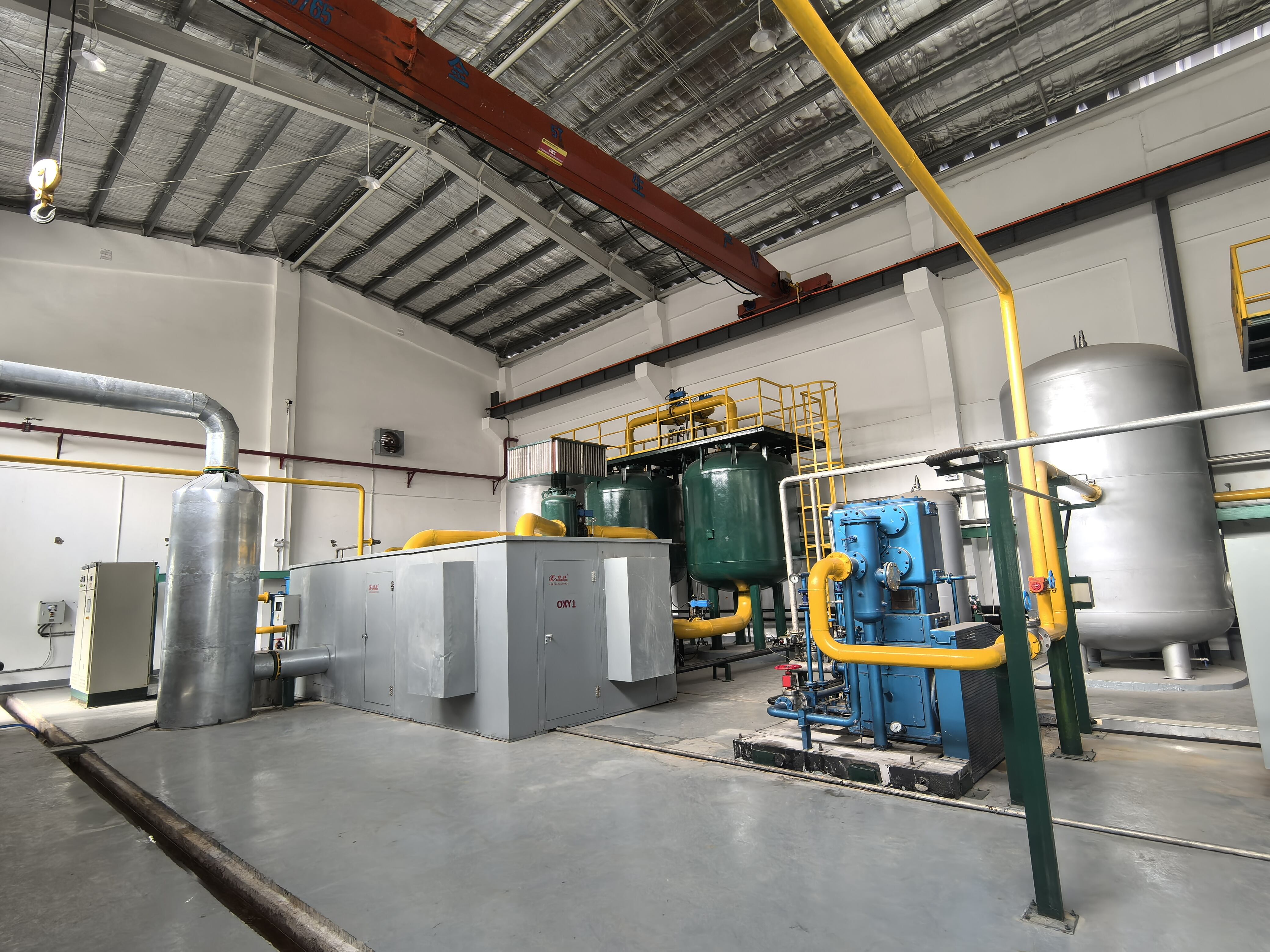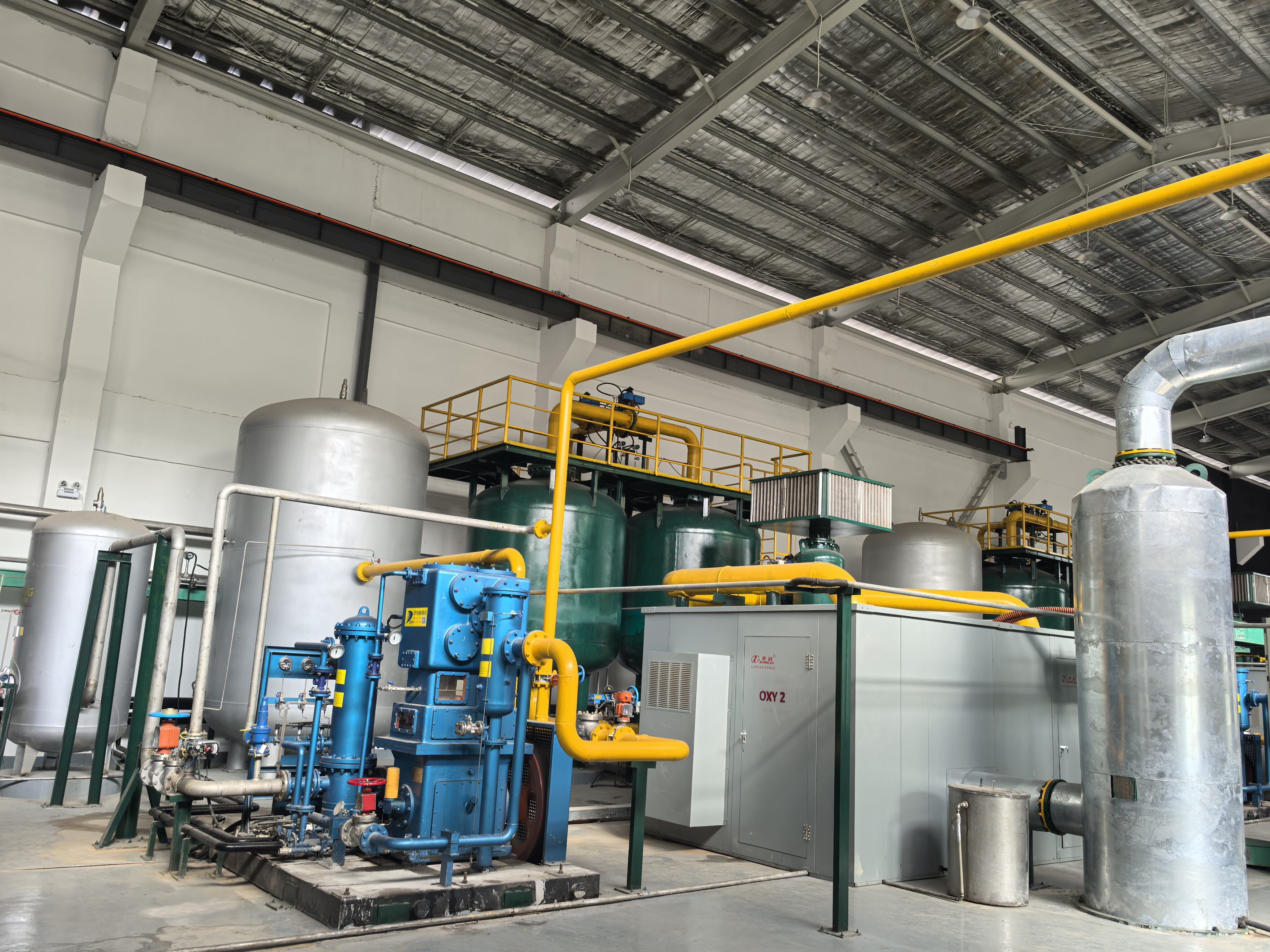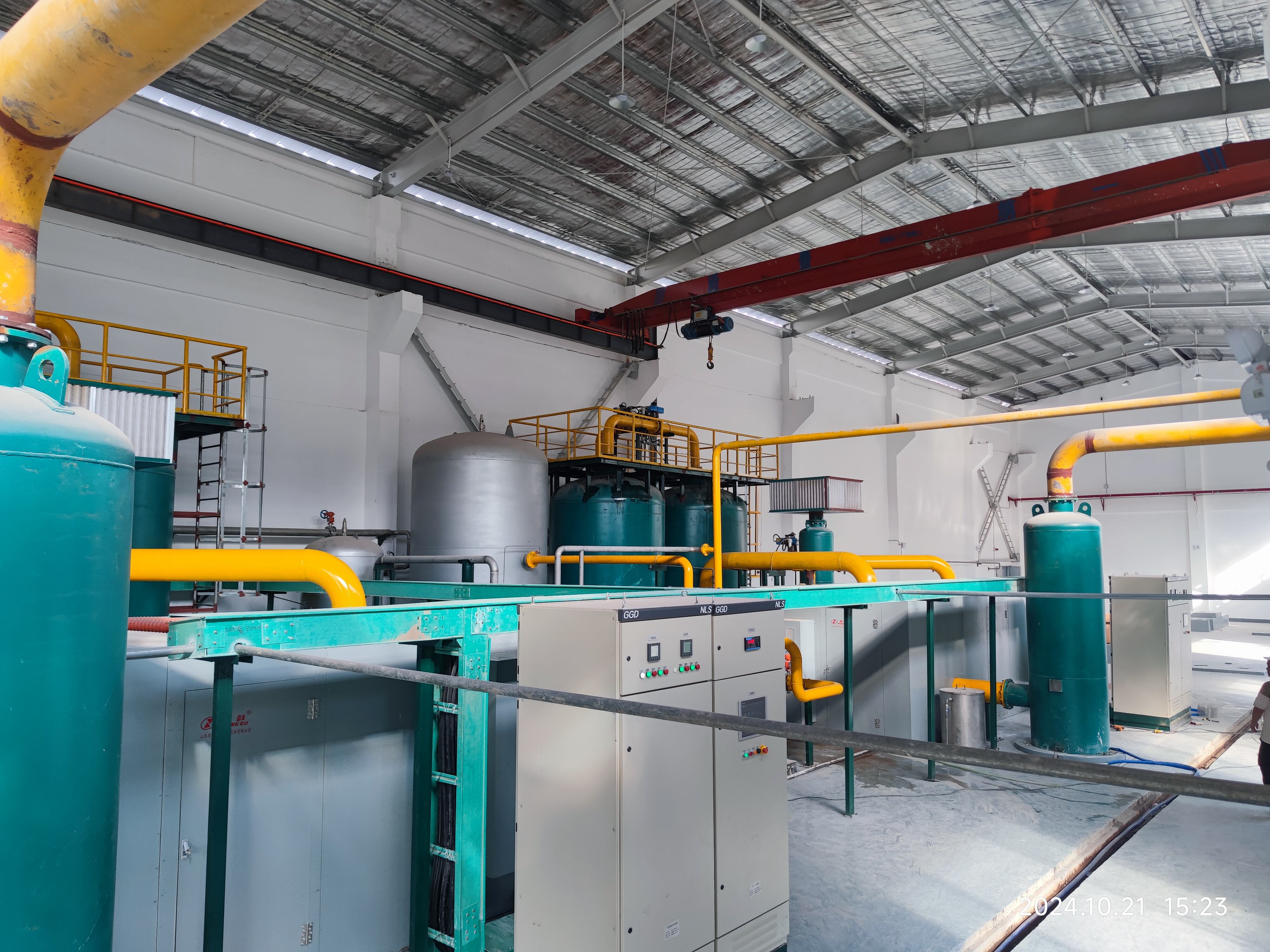oksijen üretimi için vpsa süreci
VPSA (Vacuum Pressure Swing Adsorption) süreci, oksijen üretimine yönelik modern bir yaklaşımdır ve yüksek saflikta oksijen üretmek için verimli ve güvenilir bir yöntem sunar. Bu yenilikçi teknoloji, atmosferik havadan oksijeni ayırabilmek için özel moleküler süzgeç maddelerini kullanır ve bu işlem basıncın artırılması ve vakum regenerasyonu ile döngüsel olarak gerçekleştirilir. İşlem, çevresel hava sıkıştırıldıktan sonra moleküler süzgeç yatakları içeren konteynerlara yönlendirildiği anda başlar; bu yataklar azotu seçici olarak emerken oksijenin geçmesine izin verir. Sistem daha sonra süzgeç malzemesini yeniden oluşturmak üzere vakum aşamasını geçirir ve bu da sürekli bir oksijen üretim döngüsü yaratır. Modern VPSA sistemleri, otomatik işletmeyi ve minimum bakım gereksinimlerini mümkün kılan ileri kontrol sistemleri ve enerji verimli bileşenler içerir. Teknoloji, sağlık hizmetleri tesisi, metal imalatı, cam üretimi ve atık su işleyiş tesisleri gibi çeşitli endüstrilerde yaygın uygulama bulmuştur. VPSA sistemleri, küçük tıp tesislerinden büyük endüstriyel faaliyetlere kadar farklı kapasite gereksinimlerine uyacak şekilde ölçeklenebilir ve genellikle %90-%95 arası oksijen safliği sağlar. Süreç, geleneksel oksijen tedarik yöntemlerine kıyasla önemli avantajlar sunmaktadır: düşük enerji tüketimi, daha düşük işletme operative maliyetler ve yerinde üretim yeteneği sayesinde artan güvenilirlilik.


